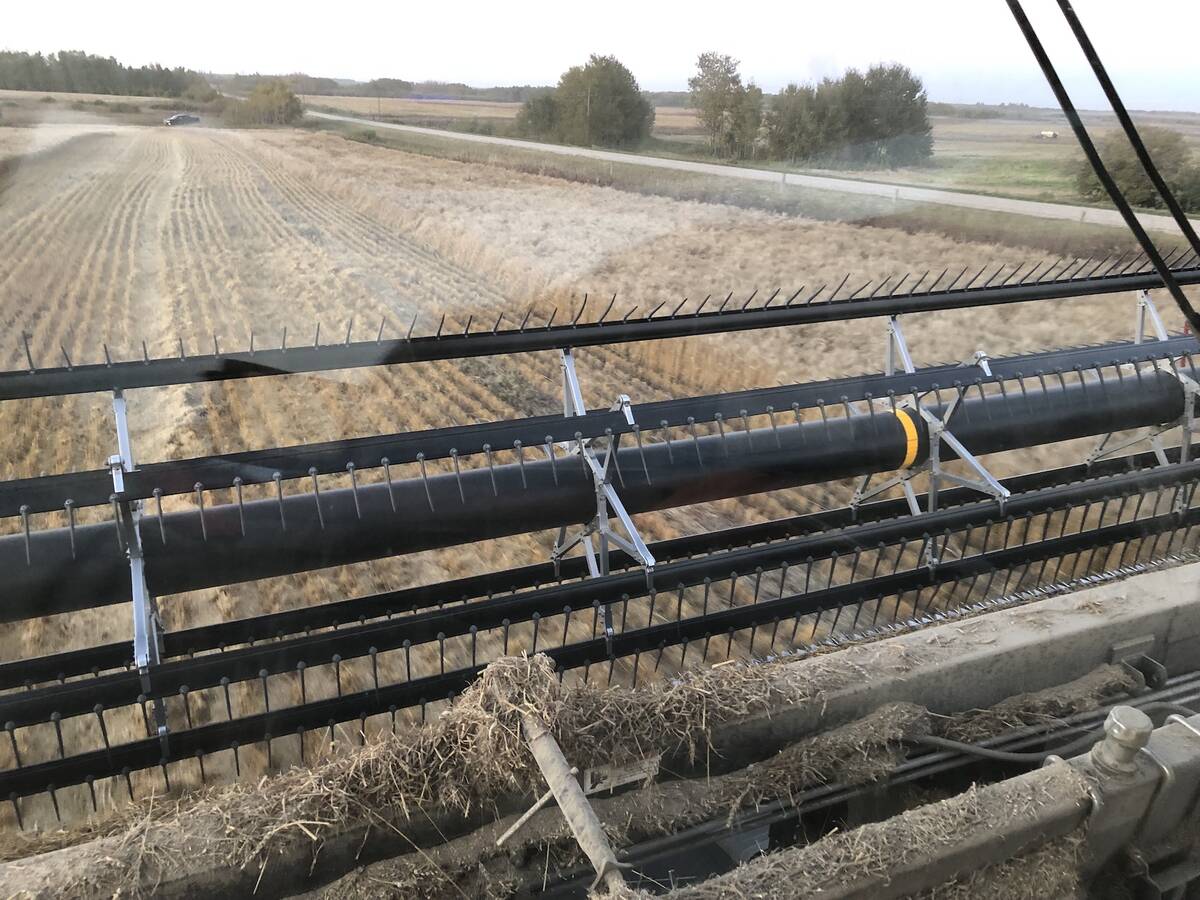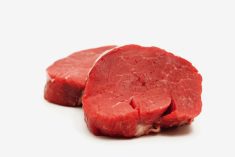The modern organic agriculture movement started 100 years ago.
Sir Albert Howard was an English mycologist who served as the imperial economic botanist to the government of India between 1905 and 1924. He was fascinated by the indigenous practices of Indian farmers, whom he called his professors.
His 1940 book, An Agricultural Testament, has become a classic organic farming text. Lady Eve Balfour supported Howard’s ideas and was instrumental in starting England’s organic governing body, the Soil Association. Similar beginnings occurred in Europe and the United States. Even Justis von Liebig, the German scientist who is credited with helping usher in the era of petrochemical-based fertilizers in the late 1880s, saw organic systems as having distinct advantages.
Read Also

The poetic epic of Manitoba farming 2025
Former Manitoba Co-operator editor John Morriss returns for his yearly poetic sum up of the farming year and look ahead into 2026.
Fast-forward to the present.
Last week, the University of Manitoba was home to the largest-ever gathering of organic agriculture scientists in Canada’s history. More than 130 scientists and about 30 farmers spent three days sharing ideas and research findings.
There are currently 4,000 certified organic farms in Canada covering two per cent of our nation’s agricultural lands. The 250 or so organic farmers in Manitoba produce certified organic grains, cooking oils, vegetables, fruit, meat, dairy products and more. Canadian organic farmers are true pioneers. They developed their farming systems with virtually no assistance from universities or government departments, relying mostly on each other.
Looking for new ideas for sustainable food production, I attended organic farmer meetings after starting my job as an assistant professor at the University of Manitoba. Meetings were held in church basements, hockey and curling arenas and in farm kitchens. I met fascinating people, and I knew these people were on to something good. The combination of entrepreneurial spirit and respect for nature and community was inspiring. I was sold.
Starting an organic agriculture research program at a major Canadian university in 1990 was not popular. This was, after all, the dawn of the agriculture biotech era, where nature would be either ignored or subdued. But, we lucked out when then U of M vice-president James Gardner supported the idea of agriculture-sustainability research. We conducted our first experiments in 1990, and in 1992 we turned the sod on the Glenlea long-term organic plots, now Canada’s oldest organic agriculture field experiment.
Like all good researchers, we made lots of mistakes. But we learned from our mistakes. In the past 19 years, we have identified strengths of the organic system — such as more nutritious food, healthier soils and less energy use. And we are addressing challenges like lack of phosphorus in certain organic soils. We are also developing no-till organic systems by adopting ideas and machines developed by Brazilian farmers.
In 2003, we converted 12 acres of the Ian N. Morrison research farm at Carman to organic production. This organic “mini-farm” has been invaluable for showing people a living, breathing organic system and has helped advance the art and science of organic farming on the Prairies. Each summer, we host about 300 visitors. This site has provided an invaluable opportunity for students to exchange ideas with farmers — carrying on Sir Albert Howard’s legacy.
Many other things have changed in 20 years. In 2001, the Organic Agriculture Centre of Canada was established. From its base at the Nova Scotia Agriculture College, the centre has facilitated research and education for organic producers and consumers to build sustainable communities across Canada.
In 2009, founding director, Ralph Martin and current director Andy Hammermeister organized a national “Organic Science Cluster” and secured over $6 million from Agriculture and Agri-Food Canada for organic agriculture research in Canada. The Organic Science Cluster involves over 50 researchers plus 30 collaborators in approximately 45 research institutions across Canada.
And we are not done. Organic agriculture is important in our evolution to more sustainable food systems. The involvement of farmers in the development of the national and international organic standards has meant much local, indigenous knowledge is built right into the current certified farm practices. As governments search for best-management practices, they have only to look at organic agriculture.














